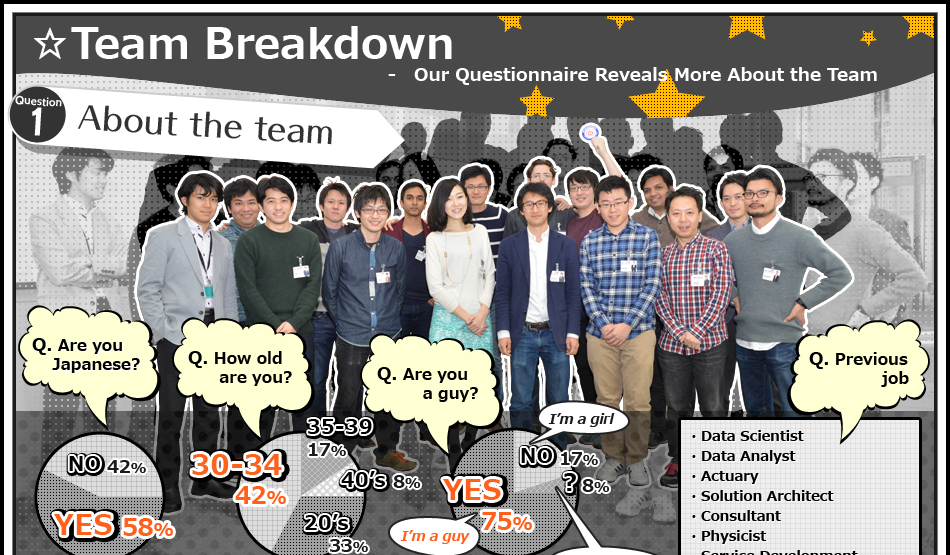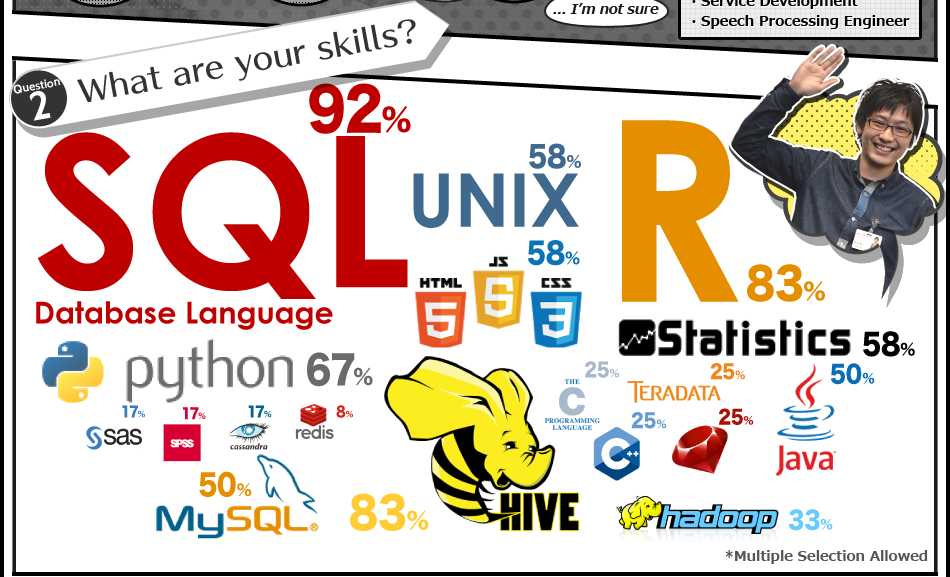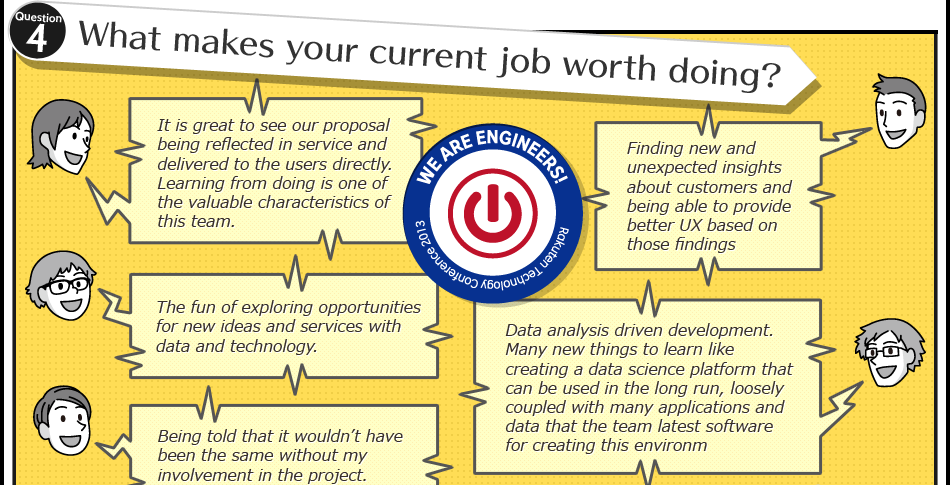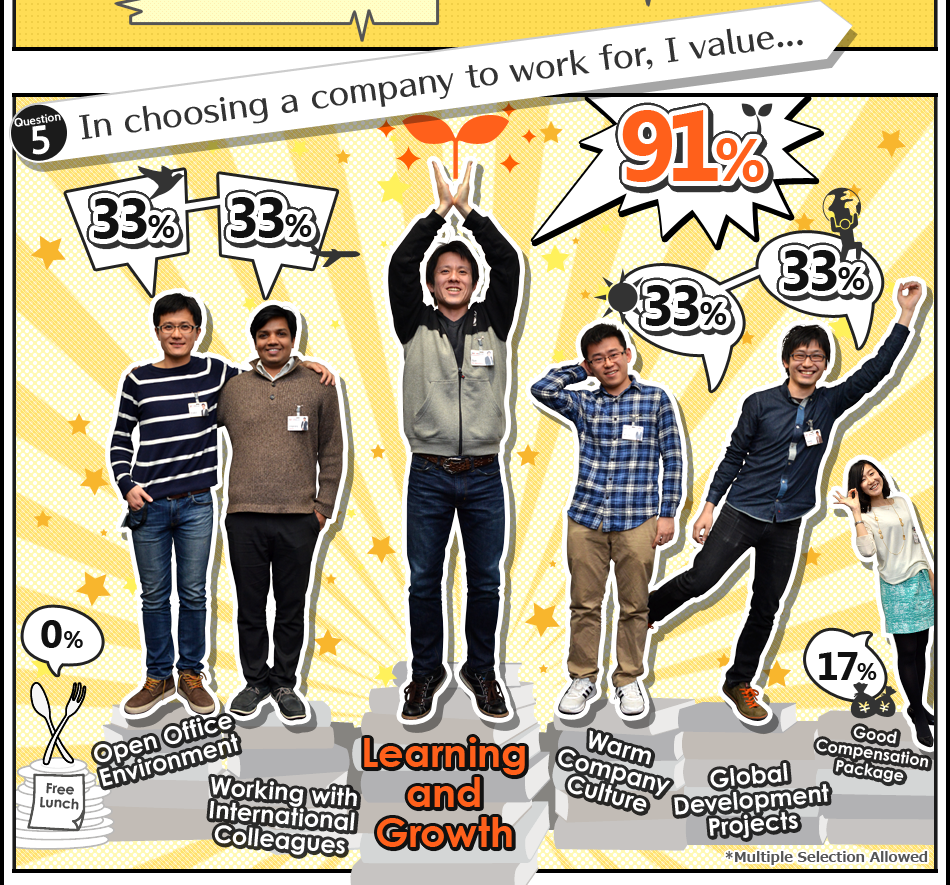Japan's largest E-commerce enterprise rakes in Big Data
from over 90 million users!
Awaken the Engineer Mind! > The Psychology of Buying > Creating Value with Data > A Kaleidoscope Team
The "WE ARE ENGINEERS!" logo sticker with the power switch icon comes from the Rakuten Technology Conference Website
President Mikitani’s leadership has played a huge role in driving the company forward. His fast decision making and incredible timing means he doesn’t miss a chance. The speed in which the company operates may be expected from a venture, but in such a large company, is truly unique.
It’s amazing that Rakuten has been able to keep their venture spirit for over 17 years, as the company grows
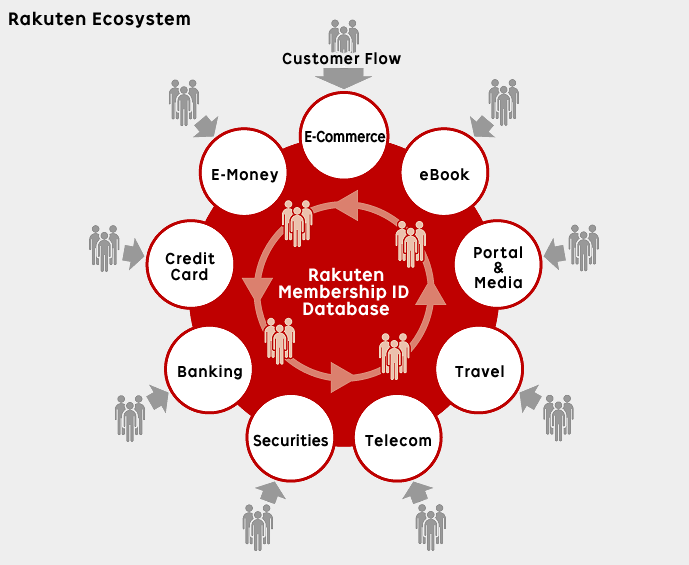
Since June 2007, I’ve been a fellow at the Rakuten Institute of Technology.
When I lectured at Tokyo University, that was when I first came in contact with Rakuten. Executive Officer Yasutake, one of the participants, had said “Rakuten has been in the industry for 10 years now, it’s about time we really put technology at the forefront of what we do.” and proceeded to ask “Why don’t you join us in putting together our research institute?”.
So I came on board, firstly because of the scale of Rakuten’s operations. Up until then, I had mostly been working in Shimane, a rural coastal town, on numerous small scale projects. Even though there were a lot of Ruby programmers within those projects, I hadn’t experienced any project to the scale that Rakuten was operating on. Moreover, Rakuten had an incredibly huge amount of traffic and data. There are a lot of issues that aren’t so important when the operation is small, but once the scale of operation grows to a decent size, these problems have to be solved. A lot of these are difficult problems to solve, but in solving them, the quality of the service can drastically improve, and as a result, we can offer users a much better experience. This caught my attention and my inner craftsman couldn’t let the opportunity pass. So this is the so called ‘scalability’ people keep talking about.
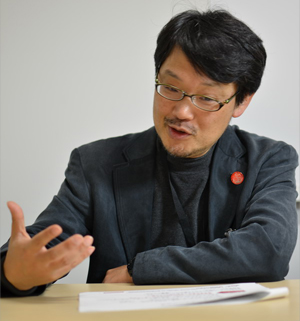
Since the time when Rakuten consisted of only its three founding members, Mikitani himself worked on building the first version of Rakuten Ichiba, and made sure all the technological implementations were made in-house without any outsourcing.
Moreover, a lot of the code programmed in-house is made to be open source and shared with the community. There has always been a push toward agile development and emphasis on nurturing the hacker mentality. Through all this, it’s clear that Rakuten has always put technology first. The company supports both business minded engineers types, as well as engineers that specialize in niche fields. Rakuten provides the best environment for engineers to experiment, build, and test, over and over again.
Rakuten provides the best environment for engineers to experiment, build, and test.
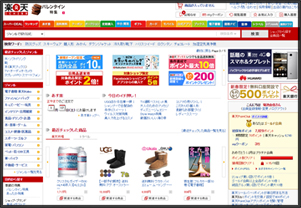
The emphasis isn’t on making the experience fast and the website easy to use. The focus is on telling the story behind the product, and emotionally leading the shopper to purchase. That’s the main difference between Rakuten and competitor sites.
It is said that well designed pages are better, but looking at sales figures, the most effective designs are those that tell a story and add the emotional element. More often than not, what people say they visually prefer, is not what they end up buying. We are not such simple creatures. This is something I learned that really surprised me.
- Rakuten’s tagline is ‘Shopping is Entertainment!’.
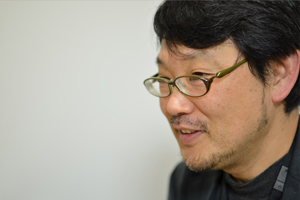
As someone who makes things, I don’t like to compromise. I love programming too much haha. Since it’s all open source, I don't have to worry about deadlines or budgets, I never think to leave things out here and there for the sake of compromise, I’m always trying to make something good.
In engineering, there’s always technology and trends that we tend to follow, but I think it’s important to think beyond that, and consider how to build the best possible solution, rather than limiting ourselves and taking the easy route in accordance with trends.
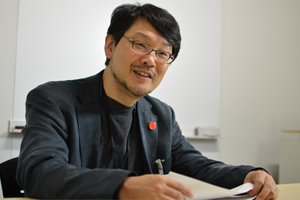
Ruby is something that I created, and I tend to only do things I like, so I’m generally always switched on. Ironically, sometimes I have to purposely switch off haha. Like at times when my work is criticised. But when I think about it, that means there is still room for improvement right?
For people to reach out to me, it has to mean they have some expectations of me, and I’m really grateful for that. So recently, I haven’t needed to switch off as much.

-
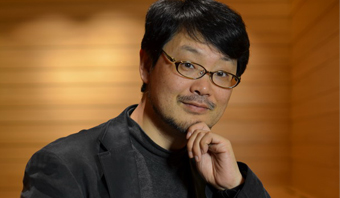
-
Matz, born 14 April (1965) is a Japanese computer scientist and software programmer best known as the chief designer of the Ruby programming language and its reference implementation, Matz's Ruby Interpreter (MRI).
As of 2011, Matsumoto is the Chief Architect of Ruby at Heroku, an online cloud platform-as-a-service in San Francisco.
He is a fellow of Rakuten Institute of Technology, a research and development organisation in Rakuten Inc.
Close
The "WE ARE ENGINEERS!" logo sticker with the power switch icon comes from the Rakuten Technology Conference Website
Big data for Rakuten allows us to crowdsource hospitality and emotionally engage our customers. We are able to do this by fulfilling a need that goes beyond the mere economic transaction of e-commerce.
Going back, I believe the first wave of innovation from the IT industry was about “increasing the value of goods & services with the supply of information”. In other words, people are now more informed about the availability and quality of goods & services, and since they have more information about goods & services through price comparisons, shipping fees, shipping speed etc, they are less prone to make miscalculated purchases. This added value generated through the provision of information is what I call “filling the information gap.”
The emotional value of the product however, is closely intertwined with human psychology
What is more exciting however, is the next movement beyond the information gap. The next movement is about engaging customers emotionally, that is utilizing the emotional value that comes from experience. For instance, you may know all the rules of tennis, but without ever having played it, you may not appreciate the value of tennis to the same degree. That is the emotional engagement gap that comes from experience.
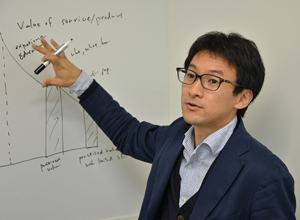
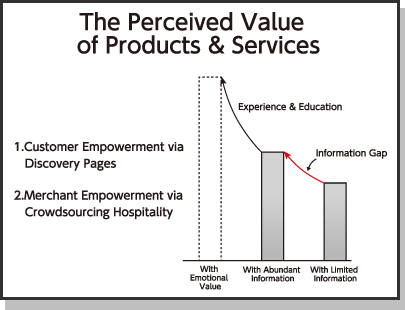
To illustrate, there is a wallpaper merchant that sells on the Rakuten Ichiba platform. The financial value of their wallpaper can be described as the cost of producing the product, plus the revenue required to sustainably sell it. The perceived value of the wallpaper then, is derived from the information provided with the product, including how it can be used, and the visual effects it might have on an otherwise plain walled room. The emotional value of the product however, is closely intertwined with human psychology. That is the psychological impact of adding color and design to human habitat and the difference between waking up to a plain white room, versus waking up to a personalized color palette that you love. In sharing the emotional value of the product with potential customers, the business of the merchant goes from selling wallpaper, to selling a lifestyle and the emotional well being behind the lifestyle. As a result, the merchant is creating an emotional bond with their customers, and by changing the color of their walls, is in actual fact, changing peoples lives
current technology is short of capturing the essential “why” in customer purchases
Display advertising just isn’t enough to communicate the emotion added value of products. By working with rakuten merchants, we can work to fill this gap by converting information based pages to emotion based pages. This is our way of crowdsourcing hospitality. This is the vision of the team.
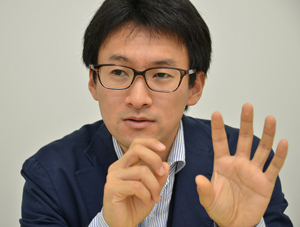
On a more basic level, one of the most important aspects of any business is to understand what customers want, as well as why they want what they want. This applies not just to individual products, but for complementary products also. The person who buys a bottle of wine with fancy wine glasses, is telling us a different story to the person who buys a bottle of wine with cheese. We assume that unless the buyer is a collector, the buyer would not make repeated purchases of wine glasses. So when one does, it shows that the consumer has a stronger emotional attachment to wine. This is one aspect of the so-called “recommendation systems”. However, current technology is short of capturing the essential “why” in customer purchases. As such, our team is striving to create algorithms of big data based on this “why,” which is at the core of what science is about. This tight integration of computer technology and science is our core strength and uniqueness.
Our belief is that we can better serve customers in collaboration with merchants than either of us can alone. This is the beginning of what we can call Data Science as a Service, and there is a lot of opportunity to use the knowledge we gain from analyzing consumer behavior, to improve our business and accelerate growth.
Data science for us is to create value for customers, by using data to understand customers, and provide a contextualized user experience in the most effective way.

Science is about understanding how things work, and in this case, understanding how human beings behave. Data science for us is to create value for customers, by using data to understand customers, and provide a contextualized user experience in the most effective way.
With the team, it’s all about the people. There are so many talented people in the team. Our team consists of people from Indian Institute of Technology, Harvard, MIT, the University of Tokyo, universities in China and France, and so on. We have a very diverse group. They come from various backgrounds in physics, computer science, economics, electrical engineering, and non-science backgrounds also.
One characteristic of our team is our culture of working in cross-discipline teams. We collaborate a lot, and there is always a lot to learn from the other people in the team.
As a company, we strongly encourage autonomy and rising up to the challenges each of us create for ourselves. The best example is me coming along and saying I want to build this team. This team didn’t exist two years ago. But given purpose, and the dedication to see things through, people will take your proposals seriously, and give you the chance to carry through with it. In that sense, there’s a lot of freedom, but you do have to show that you will carry through with it.

-
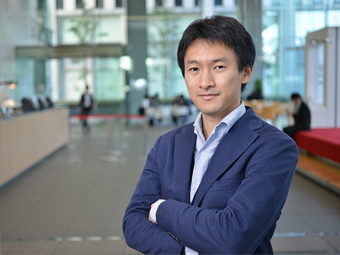
-
Takuya Kitagawa is the executive director of the behavior insight strategy (BIS) department, a data science initiative in Rakuten.
This new initiative enhances and recreates the online experience of customers through insights based on Big Data. BIS also aims to use novel approaches to understand human emotions and behavior, based on underlying advanced fields such as psychology, economics, computer science and sociology.
The team is currently seeking talent to take on the opportunity of transforming insights collected from data science to practical services with real social impacts.
Close



-
Kanta
Behavior Insight Strategy Team, Data Scientist & Team Leader.
Interview >> Data Scientist
Creating Value with Data Putting the User Experience Ahead of the Bottom Line
-
Ma
Data Science Team, Data Engineer.
Interview >> Data Engineer
A Kaleidoscope Team The Benefits of an Autonomous Work Environment
-
The "WE ARE ENGINEERS!" logo sticker with the power switch icon comes from the Rakuten Technology Conference Website

Rakuten is unique in that it collects data from a whopping 90 million users* in Japan.
That’s 8 out of 10 people in Japan.
With over 40 services, and over 90 million users in Japan, we have a huge database of information. For analysts, this extensive amount of data and the possibilities of really understand our users, and generating a better user experience as a result of using this data, is what makes working here worthwhile.
Understanding the values and trends of consumer behaviour, as well as user lifestyles through the analysis of user data. And as a result, being able to propose new user experience designs, provide targeted recommendations to users, and as a whole, creating a delightful experience for the user.
Being able to analyze over 40 services from completely different business domains, and create experiences based on this, is something that I feel can only be done at Rakuten.

We like people who really excel in specific areas.
For example, someone who has a very in-depth knowledge of Hadoop, someone who can say that “you won’t find anyone who knows more about these algorithms than me”, etc. It’s definitely a lot more exciting working with people who really excel in their field of expertise.
Also, people who are proactive with their work, know what it takes to get things done, and are able to bring out and express the value in what they’ve created. Following that, the mindset to see things to completion, these are important values that we look for in our candidates.
We’re still a small team, so each person really needs to personally think about what we should be implementing, how we can create value. We need everyone to approach their work as if they’re working on a startup.
We’re seeking people who can improve the user experience of the products they’ve created, and commit to the growth of the business.
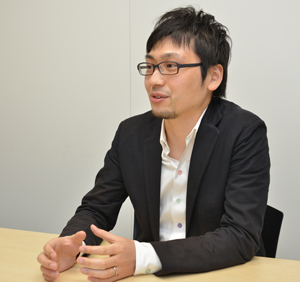

Our team is diverse and come from all different backgrounds
he team consists of just over 10 members.
We discuss a lot, so we’re a loud bunch.
For example, we discuss things like the direction of the project, approach to analysis and results, reflection of insights gained into the user experience, etc. Basically we throw around our thoughts on every conceivable topic.
Our diverse team made up of people with various backgrounds, specializing in a wide range of professions and skills, allows us to really make use of team dynamics to bring the discussion to a high intellectual level.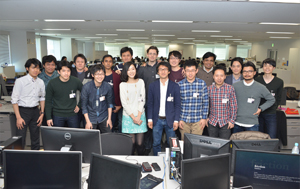

Why did you join Rakuten?

I had a strong interest in people’s decision making mechanisms, and I’d been doing research on that.
I was planning on continuing my studies with a doctorate course, but I thought it might be more interesting to analyze real data based on real human actions, and the IT industry seemed like the best place to see that.
Then within the IT industry, the company I thought most likely to have interesting data to work with was Rakuten, and so I applied for the job.After joining as a new graduate, I was placed in the Development Unit and worked as a Data Engineer on the Rakuten Super Database Team for two years. Shortly after that I became a Data Scientist. Being able to break down Rakuten’s extensive amount of data, and effectively put it to use, largely came from my experience as a Data Engineer.
Is there anything you would never compromise on at work?
I guess it would be making sure that we’re always connecting data and the analysis of data to the improvement of the user experience.
“What value are we providing, and to whom?”, is a question I always try to keep at the back of my mind.Contributing to business value is of course something we have to do, but moreover, it’s being able to create a platform that allows us to transfer this value to users and merchants, and improve the user experience (user satisfaction) for everyone concerned, that is something I could never compromise on.
What do you do with your time off work?
On my days off, I’m always with my 2 month old son, changing his diapers haha.
My interests are reading on my Kobo e-reading device.
I read a wide range of books on business, technical books on IT and UX, novels and manga. Recently this manga called “Parasyte” was made into a movie, and it made me feel like re-reading it.
It happened to be on sale on Kobo, so I snatched it up.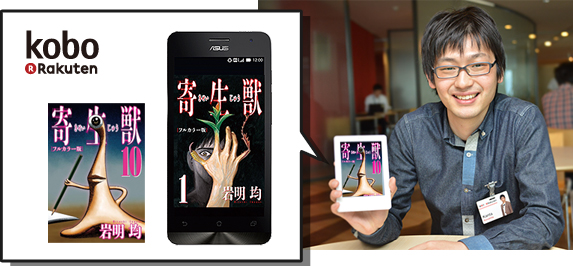
I like spending time with my son and reading manga.

-
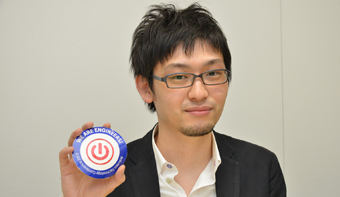
-
After joining as a new graduate, I was placed in the Development Unit where I worked with the Rakuten Super Database Management Team for two years as a Data Engineer. Following that, I became a Data Scientist.
Currently, I am the team leader for the Data Science Strategy Team under the Behavior Insight Strategy Office in the Creative & Web Design Department.
Close -
The "WE ARE ENGINEERS!" logo sticker with the power switch icon comes from the Rakuten Technology Conference Website

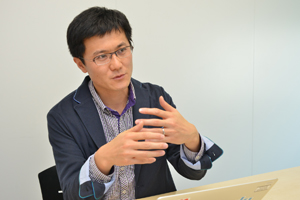
The most exciting part of my job is seeing the data
Seeing the data and data science technology we use, turn into business value and really impacting people and businesses. It's also a challenge to see how quickly we are able to do this. In this company, there are so many different services, so many customers and such a huge amount of data, which really makes data science engineer works here interesting.

Our team is young and active, and our work environment is open and friendly.
Because our team consists of experts from different fields, we are able to discuss and learn a lot from each other. As the result, the team is very productive and our output is of a very high standard.
For the engineers in the team, we are trying to creating a highly motivated, autonomous working environment. Currently, we are using the scrum method to manage our work. All non engineers can list their requirements onto our task board. Then for every iteration, we have a planning meeting to split their requirements into smaller tasks and each engineer can choose the tasks he wants to do. At the end of each iteration, we have a retrospective meeting to share our thoughts with other engineers and try to make improvements for the next iteration. By doing this, our engineers are keeping their work transparent and we are able to learn from other people’s work. Also, as each engineer can choose the tasks they want to work on, they can grow in the fields of their interest.
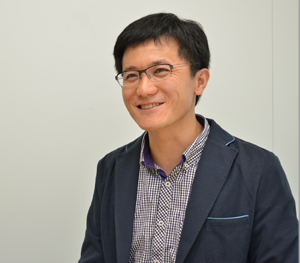

Recently, we are working on building a scoring system.
This is an idea that originally came from one of our data science members, who is trying to build some data models to forecast the life stage change of customers based on their purchasing behaviour. Considering many data science problems can be taken as the problem of different entities and their relationships, we are trying to build a more general scoring system to calculate the relationships among different entities. And by fixing a commonly used input and output interface of the scoring system, different models can be implemented by different algorithms in these scoring system. Also, we can use algorithms such as bandit algorithm to test these models and find the best model automatically. In this way, different kinds of algorithms can be tested efficiently and we can contribute to different services very fast.


We want to build a diverse team with experts in different fields.
As such,self motivation and good communication are important characteristics for our team. Being self motivated can even make up for a lack of engineering skill, as long as the person is a fast learner. Good communication is very important as we have a lot of discussions within and outside of the team, and we want to maintain a connected and supportive work environment.

I think it's very important to look back on what I've done
Then to think and reflect on what went well, what didn't go well, and how I can improve for next time. Retrospectives are a great way to do this, and to consider whether you used the most effective method you could have, and if there is anything you can improve. Knowing what worked and what didn’t work allows us to plan better for the following sprint. By doing this sprint after sprint, we are able to constantly improve the way we work.

-
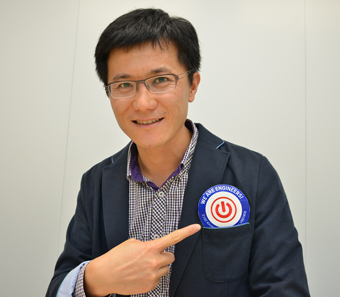
-
I came to Japan from China in 2007, received my Ph.D from the University of Tokyo, then joined Rakuten in 2011 as a new graduate. After joining Rakuten, I joined the Architecture and Core Technology Department. Our team worked on the development and standardization of shared libraries, shared environments, in-house tools as well as development processes, including agile development processes.
From the end of 2013, I started a speech processing project with Singapore Viki team in the Rakuten Institute of Technology. Using speech processing technology, which is my Ph.D major, I helped Viki people to segment speech of videos into proper segments for adding subtitles. After that project, I transferred to the Data Science Department as a data science engineer because I wanted to work with data science and big data, which was my original intention for joining this company.
Close
- APPLY NOW
- Data Scientist (Data Science for Ichiba/ Insight Analytics Group) - Global Data Supervisory Department
Data Scientist (Fintech Analytics Group) - Data Science Department
Software Engineer - Digital Marketing Messaging Platform
Data Scientist - Data Science Department
Full Stack Engineer - Data Science Department
Data Science Engineer - Data Science Department
Web Designer - Data Science Department
Data Science Product Manager - Data Science Department - Application Procedure
- The following shows the engineer application process.
- STEP1
- Apply through the website
- STEP2
- Video Interview / Coding Test ※Coding Test may be given depending on the position applied for
- STEP3
- Interview(Multiple) ※We will conduct interviews in person or through Skype

